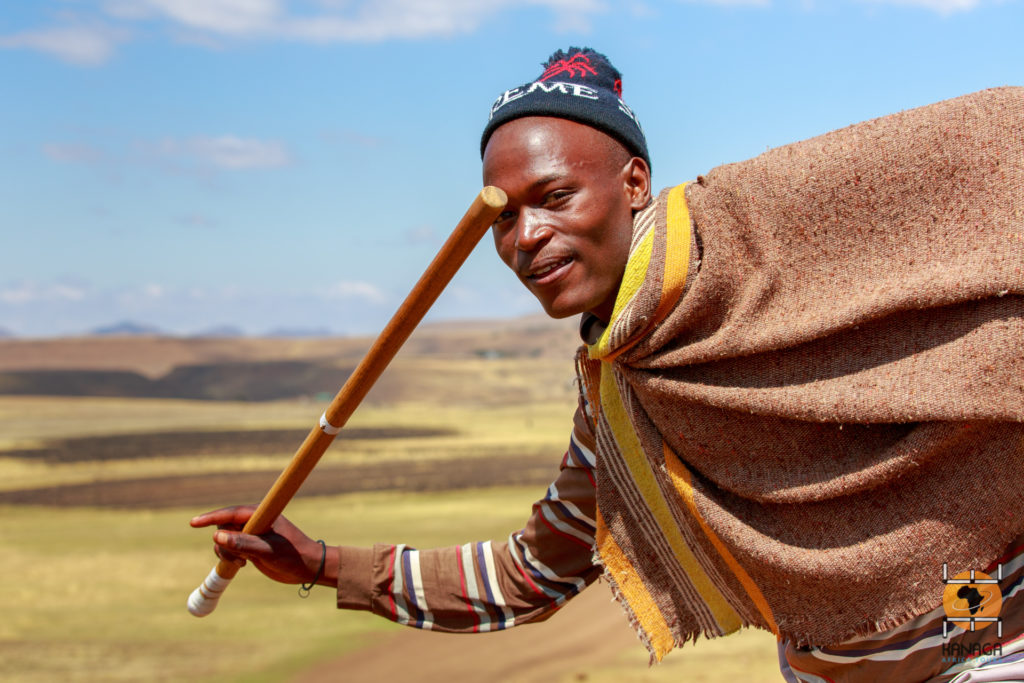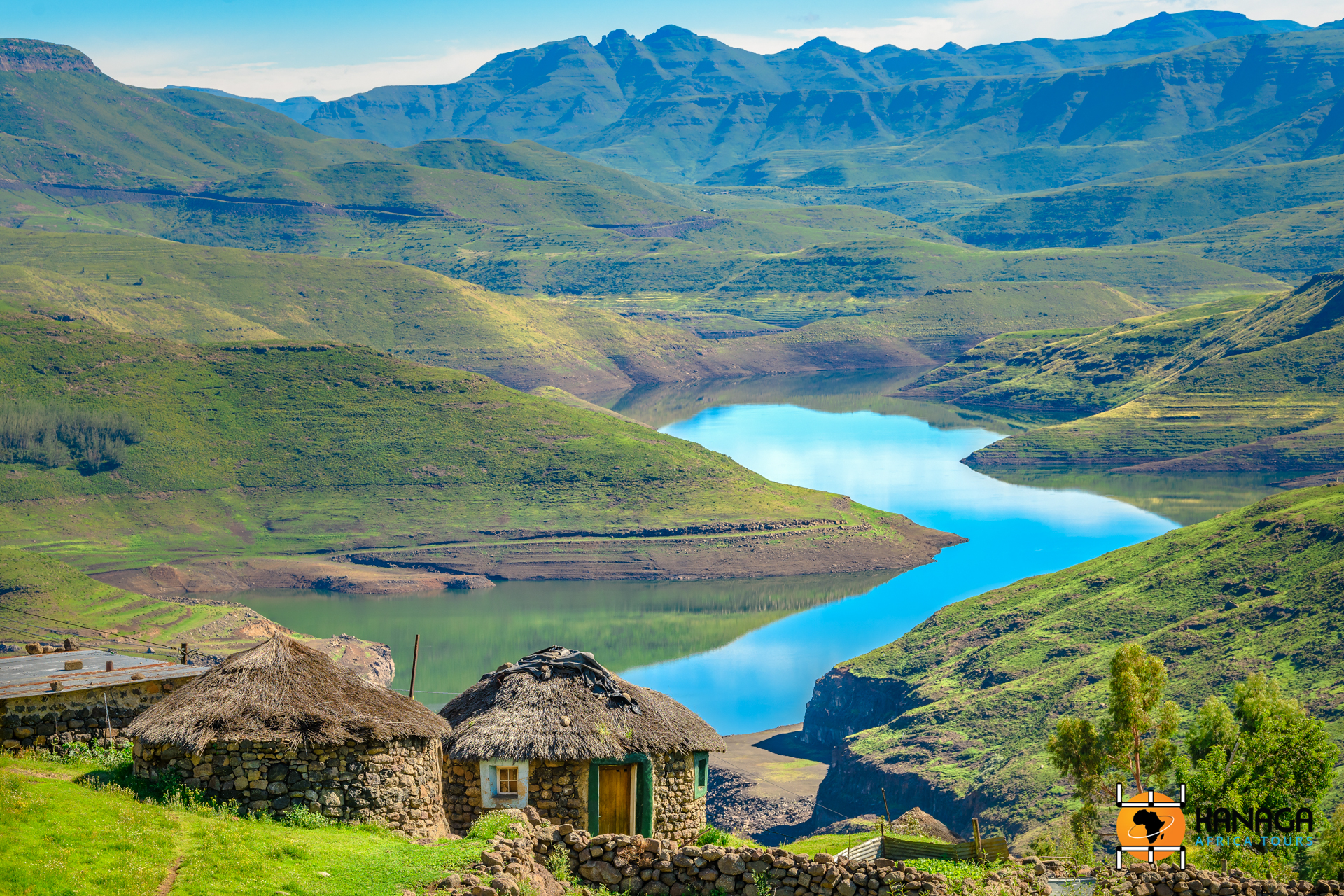High plateaus and mountains towering over 3.000 metres above sea level, rocky peaks and vertiginous hairpin bends opening sheer into valleys and grasslands, set in alpine landscapes of extraordinary beauty. We are in the unsuspected heart of South Africa, in the picturesque Kingdom of Lesotho, as small as it is rich in naturalistic surprises.
It is here that the highest mountain in the whole of Southern Africa, Thabana Ntlenyana, stands at 3.450 metres, and it is here that a modern ski resort at 3.200 metres, in the Oxbow area, is served by cosy tourist chalets. More than in a country in Africa, it would almost seem as if we were in Switzerland, if it were not for the Basotho people, with their ancient traditions and strongly identifiable clothing, reminding us that we are in the small independent enclave of South Africa, whose territory rises in its entirety above 1.000 metres in altitude.
Dominated by the chain of the Drakensberg Mountains, called Maluti in the local language, its morphology is mainly characterised by peaks, rocky ridges and canyons, between whose gorges rainwater is channelled into the three main rivers, the Orange the Caledon and the Makhaleng, which run through its territory, as the main source of water and hydroelectricity, while only a small part of its land is arable, with a preponderance of grassy pastures that favour cattle and goat breeding.
It goes without saying that in order to explore such an area, still far from mass tourism, and to enjoy its extraordinary mountain landscapes to the fullest, the preferred means of transport is undoubtedly the horse, traditionally used by the local population itself, which travels strictly on a kind of native pony, derived from a cross between Javanese and European specimens.
Horseback treks, ideal for exploring the spectacular Bokong Nature Reserve, Ts‘ehlanyane National Park, or the naturalistic surroundings of the village of Malealea, a pioneer of tourism in Lesotho, are perfectly complemented by magnificent walking circuits, in an endless number of eco-tourist itineraries along the rugged trails connecting rural villages, in search of the endemic aloe polyphylla, dinosaur footprints and cave paintings, or winding through the alpine scenery of the Sani Pass, Hodgson‘s Peaks and the summit of Thabana Ntlenyana, with friendly native guides, wrapped in traditional colourful wool blankets (lekhokolo) and wearing their characteristic pointed headgear (mokorotlo), similar to the shape of the Qiloane hill, from which legend has it that it was inspired, as well as the conical thatched roofs of the rondavels, the traditional cylindrical, stone-walled houses.
Extraordinary landscapes that enchant visitors, of green valleys enlivened by grazing herds and small traditional villages, of narrow paths that climb steeply over canyons and rocky gorges, of alpine passes and mountain passes that touch the sky, to which the Basotho are particularly attached, making seasonal supplications and animal sacrifices, supervised by the sangoma witch doctors, so that the precious rain may finally come down in abundance.







